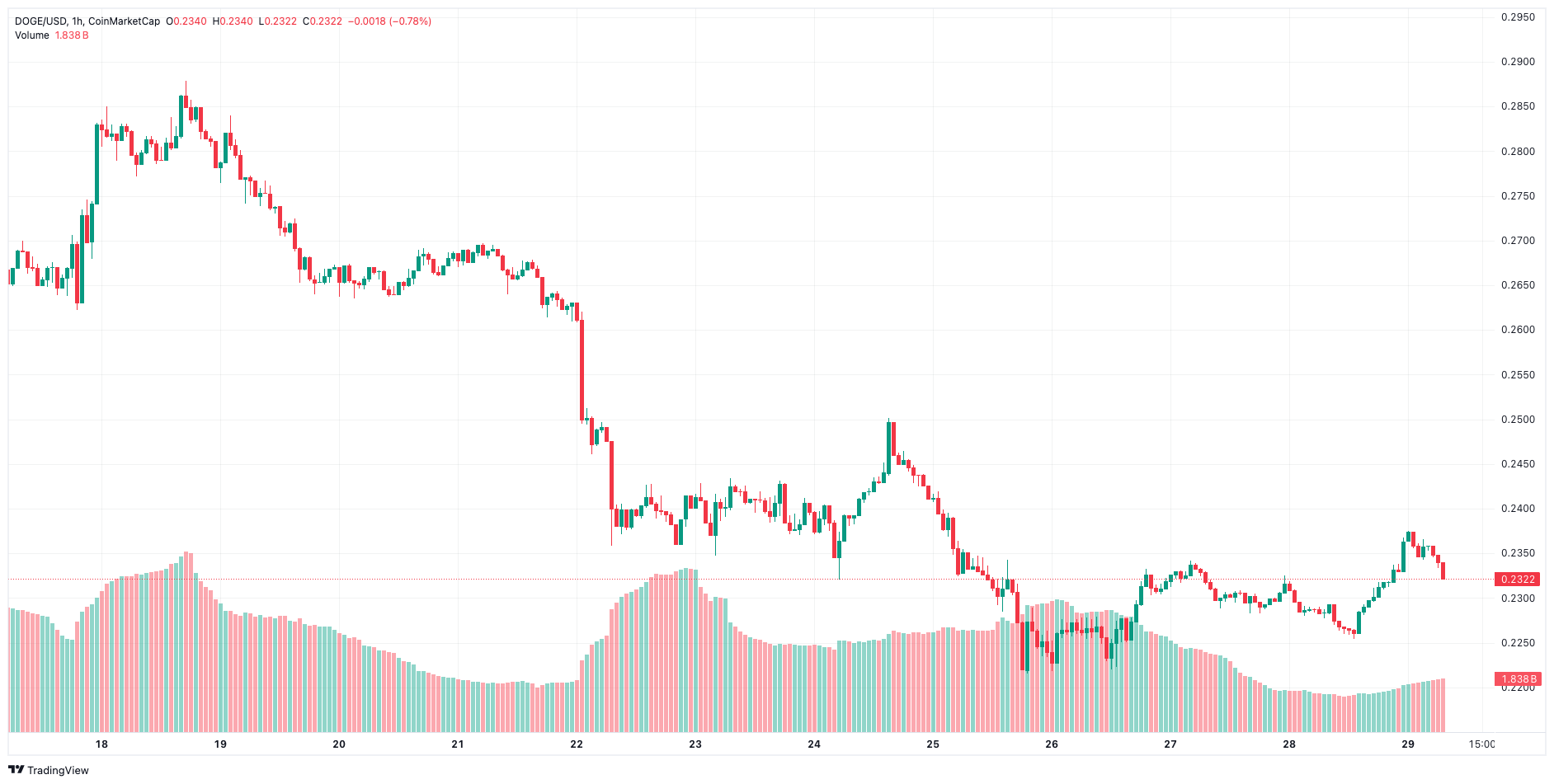
Whether you’re feeding two people or six, meal prepping can be a valuable tool to save time, reduce food waste and meet your nutrition goals — as long as you find a system that works for your lifestyle.
Chelsea King, a nutrition, food safety and health agent with K-State Extension’s office in Johnson County, says successful meal prepping starts with a solid plan.
“Often, people feel overwhelmed because they try to create brand-new meals every time they cook,” King said. “Instead, start with go-to recipes that you and your family already enjoy. Once you have those, it becomes easier to build a meal plan around them.”
King encourages home cooks to try one new recipe each week to gradually expand their menus. And don’t forget to plan for snacks.
“Snacks are one of those things that are easy to overlook,” she said. “It’s tempting to grab a bag of chips, but with a little prep, you can have nutritious options like energy bites or cut-up fruits and vegetables ready to go.”
Before heading to the grocery store, King suggests checking your pantry, refrigerator and freezer.
“One of the biggest money wasters is buying items you already have,” she said. “Taking inventory before you shop not only saves money, it helps reduce food waste.”
King also recommends eating seasonally. “Seasonal produce is often more nutritious and flavorful,” she said. “It’s usually harvested at its peak and may have been picked just a day or two before you buy it at the farmers market.”
Batch cooking is another time-saver. “If you’re making rice, cook extra,” she said. “Roast more vegetables than you need for one meal, and use the leftovers in salads or breakfasts. It saves both time and energy.”
While meal prepping often conjures images of spending an entire Sunday cooking, King says it doesn’t have to be all or nothing.
“If one big prep day doesn’t work for you, break it into smaller sessions during the week,” she said. “Do what fits your schedule, whether that’s prepping every few days or just washing and chopping produce ahead of time.”
Food safety is a key part of any meal prep plan. King emphasizes the importance of clean workspaces, proper handwashing and using food-safe containers, especially for freezing meals.
“Don’t use old yogurt containers for freezer storage — they’re not designed for those temperatures,” she said. “Use freezer-safe containers and always label and date what you store.”
Meal prepping also helps in those inevitable life moments — a late meeting, traffic delay, or a sick child.
“Having emergency meals in the freezer keeps you from relying on expensive fast food,” King said. “It helps you stick to your nutrition goals and saves money.”
“Meal-prepping isn’t a one-size-fits all,” she adds. “Find what works best for you and your family. Start small and focus on preparing meals for one or two days, then add more based on your comfort and needs.”
“The overall goal of meal prepping is to be more efficient in the kitchen, meaning less time spent in the kitchen, and to have nutritious homemade meals all week long.”
For more tips on nutrition and meal planning, visit your local K-State Extension office or go to www.ksre.k-state.edu.
PHOTO: Woman cutting cheese while preparing meals in the kitchen. (iStock │ #2190404453 – urbazon)








 The Fear & Greed Index also leans toward fear. Still,
The Fear & Greed Index also leans toward fear. Still, 

